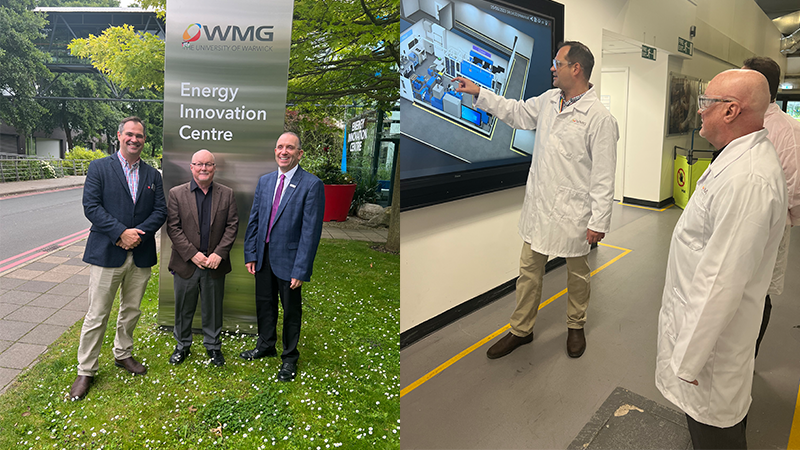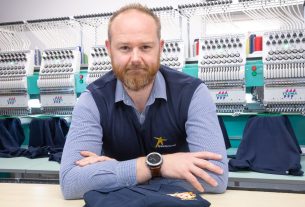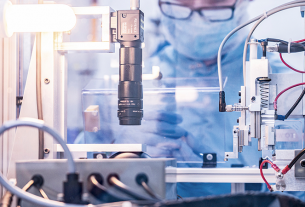WMG, at The University of Warwick (UK), and Binghamton University (USA) have entered an agreement to explore collaboration in the fields of science, technology and education with the aim of fueling vital battery manufacturing capability in both countries. The new five-year memorandum of understanding sets the foundation to encourage the sharing of academic, scientific and cultural experiences between the two institutions, both pioneers in the battery field.
Battery research and educational materials for training will be a key element of the collaboration, which will explore access to shared facilities and equipment to maximize the capabilities of both institutions.
Harvey Stenger, President of Binghamton University said: “Binghamton sees this collaboration as an important way to strengthen the efforts of our federally funded initiatives focused on battery manufacturing. We’re confident the two campuses will be able to achieve exciting breakthroughs by working in tandem.”
Both the United States and the United Kingdom are building up their battery manufacturing capabilities and intend to match those of countries like China. At Binghamton, New Energy New York (NENY) and the NSF Engines: Upstate New York Energy Storage Engine stand to receive up to $130 million in support from the National Science Foundation and the Economic Development Administration. Meanwhile, more than $167 million has been invested — by a combination of government, university and private sources — in WMG’s Energy Innovation Centre.
Professor Robin Clark, Dean of WMG at The University of Warwick said: “We have a great opportunity to explore how the two largest battery facilities in academic institutions (in the UK and US respectively) can collaborate with our resources, facilities and experiences.” Professor Clark went on to comment: “We hope to enable faster development and support for this vital sector. As the leading battery R&D facility in the UK for battery innovation and scale-up, this agreement supports our ambitions to be a key international facility, helping to secure the battery supply chain.”
Both campuses house unique research facilities, access to which can be explored for academics from both institutions under the new agreement. For example, Binghamton’s state-of-art lab-based HAXPES will be used for electrode studies, while WMG has a new Plasma Focused Ion Beam Scanning Electron Microscope.
Beyond access to high-tech tools, the reciprocal exchange of personnel is a critical element that the agreement will consider. There are already a number of established relationships: Louis Piper, Professor of battery innovation at WMG, is a former member of Binghamton’s Physics Faculty; Paul Malliband, Executive Director of NENY’s Battery-NY, formerly served as a Chief Engineer for battery scale-up at WMG. Both have been scientific collaborators with Nobel laureate M. Stanley Whittingham, a distinguished Professor of materials science at Binghamton who is an inventor of the lithium-ion battery.
Both institutions also serve regions that have deep industrial roots.
Donald Hall, Provost of Binghamton University, commented: “We’re not only going to support interesting science and build up our innovation ecosystem through these projects, we’re also going to make sure people from this region are ready to take good jobs in a sustainable energy economy. I know our British colleagues share a similar ambition.”





